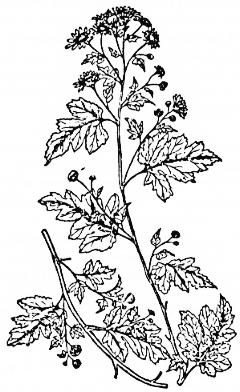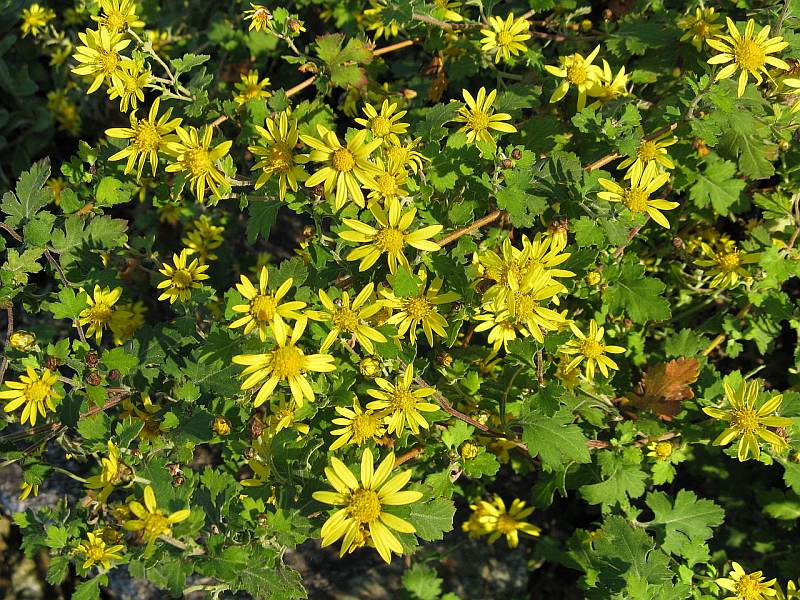Lowers blood pressure.[4] Antibiotic.[4]
-
Flu and colds at the first stage: Exterior releasing- cooling-
The diaphoretic action (sweating effect) moves circulation to the surface to
clear invading microbes affecting the Lungs/throat-
Gan
mao ling.
-
Skin lesions due to Damp Heat or Heat and Toxicity: Clears
Damp Heat, Clear Heat and resolves Toxicity
Sophora
& Atractylodes- Qu shi bao tong chong ji.
-
First stage of furuncle or carbuncle (not yet suppurated):
Clears Heat and resolves Toxicity, cools the Blood and reduces swelling
Lonicera
& Dandelion- Wu wei xiao du yin.
[1] Barefoot Doctor's Manual- 1977 Prepared by the Revolutionary Health Committee
of Hunan Province. Original Chinese manual- Victor W. Sidel. Originally published
by Dr Joseph Quin and the Fogarty International centre, Bethdesda (1974). Madrona
Publishers Seattle Washington ISBN 0-914842-52-8
[2] A Complete English Dictionary of Medicinal Terms in Chinese Acupuncture and
Herbalism 1981- Henry Lu Chinese Foundations of Natural Health- The Academy of
Oriental Heritage, Vancouver, Canada.
[3] Medicated Diet of Traditional Chinese Medicine- Chief Editor- Hou Jinglun.
Associate Editors- Zhao Xin, Li Weidong, Liu Jianxin, Geng Chun-e, Li Guohua,
Li Shaohua. Geijing. Science & Technology Press 1994. ISBN 7-5304-1735-5/R.
309.
[4] Translation notes from Gary Seiford and Hocu Huhn- NSW College of Natural
Therapies. Sydney Australia (1982).
[5] Chinese Herbal Medicine Materia Medica- Dan Bensky and Andrew Gamble- Eastland
Press 1986 Seattle Washington ISBN 0-939616-15-7
Images
1.
en.wikipedia.org
2.
innerpath.com.au Public domain
3.
[1] HABITAT:
HABITAT: Chrysanthemum
indicum. C. sinense 野
菊 花 Yě
jú huā Wild chrysanthemum
flowers Family: Asteraceae
Chrysanthemum
indicum. C. sinense 野
菊 花 Yě
jú huā Wild chrysanthemum
flowers Family: Asteraceae
 HABITAT:
Found growing wild everywhere.
HABITAT:
Found growing wild everywhere.